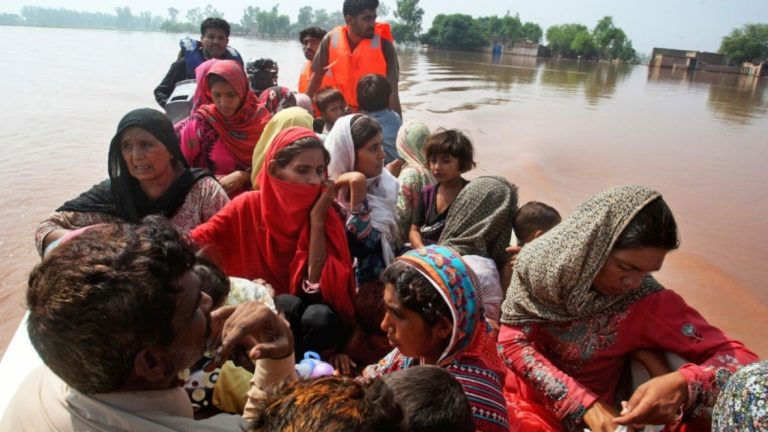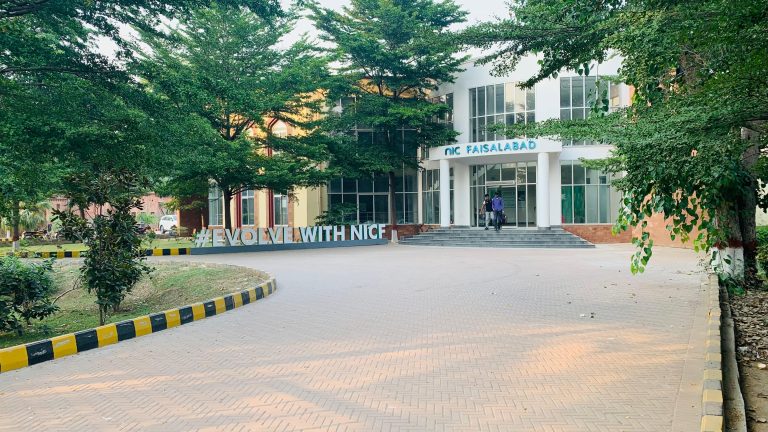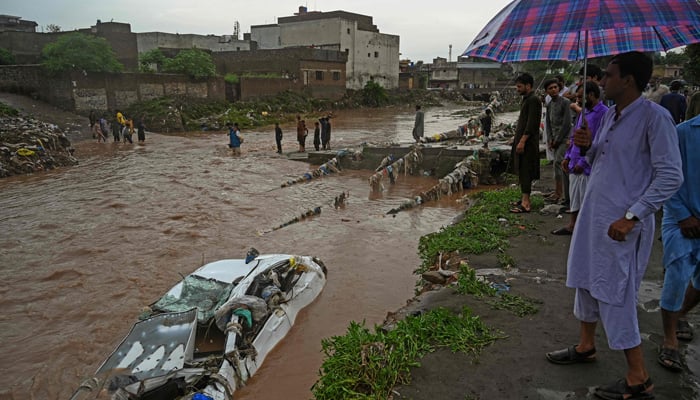Pakistan Faces ‘Day Zero’ Threat as Drought Intensifies and Water Reserves Dwindle

Human civilization has advanced to the point where journeys that once took days can now be completed in hours. Industries, medical science, IT, and agriculture have made remarkable progress, and efforts are even underway to settle on other planets. However, in the pursuit of progress, humanity has inflicted severe damage on its own environment, making life increasingly difficult not just for humans but for all living beings. Climate change, driven by human-induced destruction, has led to an alarming increase in extreme weather events, including heatwaves, floods, and droughts worldwide.
In the past year alone, wildfires in Chile, Canada, and the U.S. state of California have caused significant loss of life and property, while nearly 60% of Brazil has faced drought. On the other hand, some regions have experienced devastating floods due to extreme rainfall, affecting countries like Pakistan, Afghanistan, and several European nations.
The rise in greenhouse gas emissions from factories and vehicles, coupled with deforestation, has significantly reduced the planet’s ability to absorb carbon dioxide. Uncontrolled urbanization and infrastructure expansion have further reduced green spaces, contributing to rising global temperatures. As a result, glaciers are melting, dams are drying up, and freshwater resources are depleting at an alarming rate.
Pakistan Faces Growing Drought Threat
Pakistan is increasingly vulnerable to drought due to climate change. According to the Meteorological Department, Punjab has experienced 42% less rainfall over the past four and a half months. This has created drought-like conditions in several districts, particularly in Pothohar, Central Punjab, and South Punjab. Islamabad and Rawalpindi are facing an acute water shortage.
During a recent meeting of the Standing Committee on Housing, Capital Development Authority (CDA) officials revealed that water levels in Islamabad’s key reservoirs Rawal Dam, Simly Dam, and Khanpur Dam have dropped to dangerously low levels due to the lack of rainfall. Simly Dam reportedly has enough water to last only until June, while Rawal Dam holds just a 45-day supply.
Islamabad and Rawalpindi, once known for frequent rainfall, are now facing drought risks due to climate change. The Water and Sanitation Agency (WASA) reports that Rawalpindi’s daily water demand is 70 million gallons, but only 51 million gallons are currently available. The lack of rainfall has further reduced the supply by 5 million gallons per day, and the underground water table has dropped by 700 feet. Authorities are relying on tube wells to compensate for the shortage.
To curb excessive water usage, officials have imposed restrictions in Rawalpindi, banning car washing at home, excessive gardening water use, and the operation of service stations. Heavy fines will be imposed on violators. In the long term, authorities are working on two new projects expected to add 250 million gallons of water per day.
Water Crisis at a Critical Level
According to water expert Engineer Zafar Iqbal Wattoo, if the current situation persists, Pakistan’s two major reservoirs Tarbela and Mangla could dry up by the end of this month. This crisis is unfolding despite Pakistan wasting 30 million acre-feet of water into the sea during the recent monsoon season enough to refill both dams twice over.
Wattoo emphasizes that a country’s water security depends on its ability to store at least 40% of its water resources in reservoirs. However, Pakistan can only store 10%, and currently, only 1% of the country’s total water is in storage. In comparison, China and the U.S. have dams capable of storing water for up to 1,000 days, while India can store water for 180 days. Pakistan, on the other hand, struggles to store enough water for even 30 days. Presently, the country has just 15 days’ worth of water reserves.
If the Meteorological Department’s forecast of continued dry weather holds, Pakistan could face a severe water crisis, with the possibility of reaching Day Zero the point at which no usable water remains by March.






